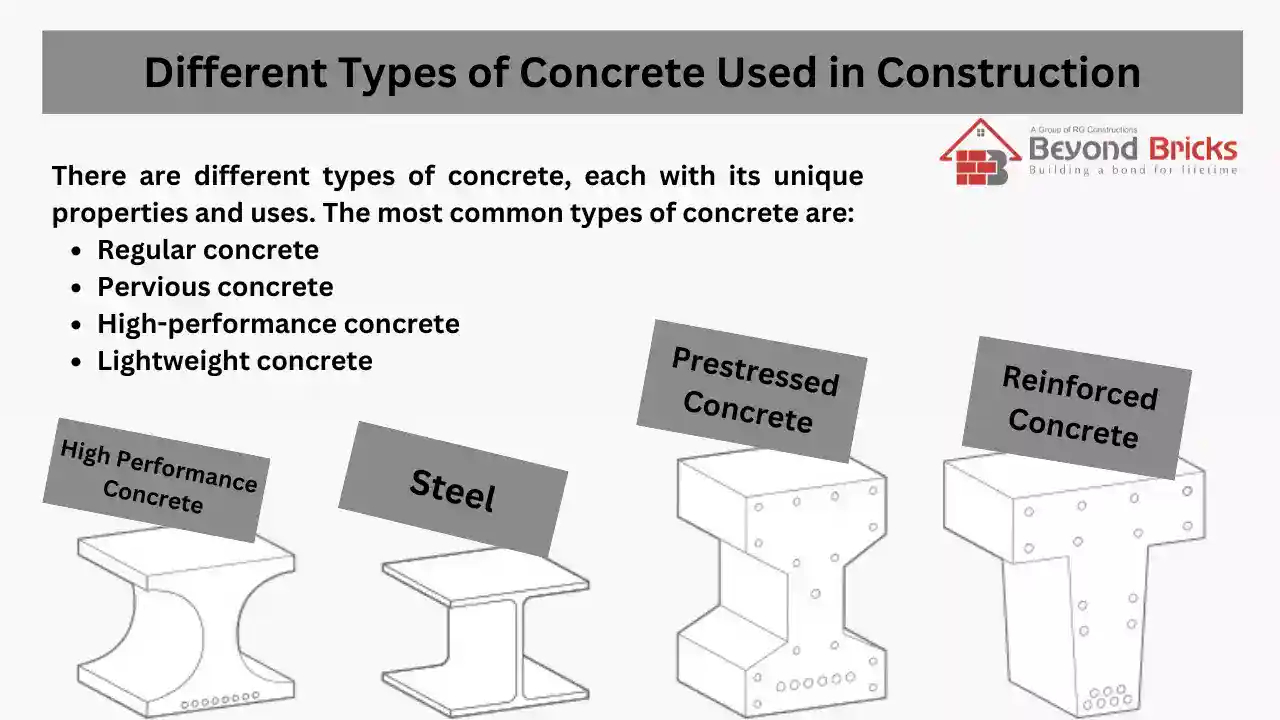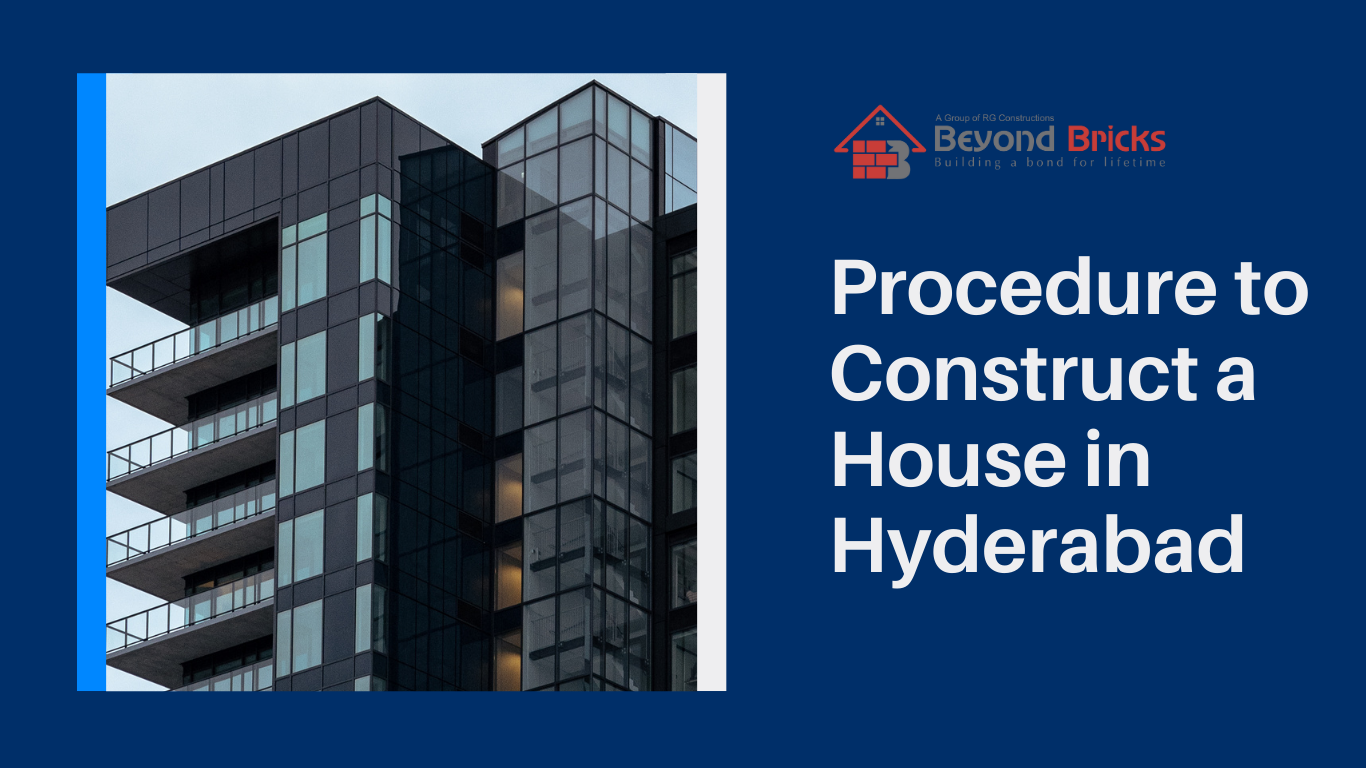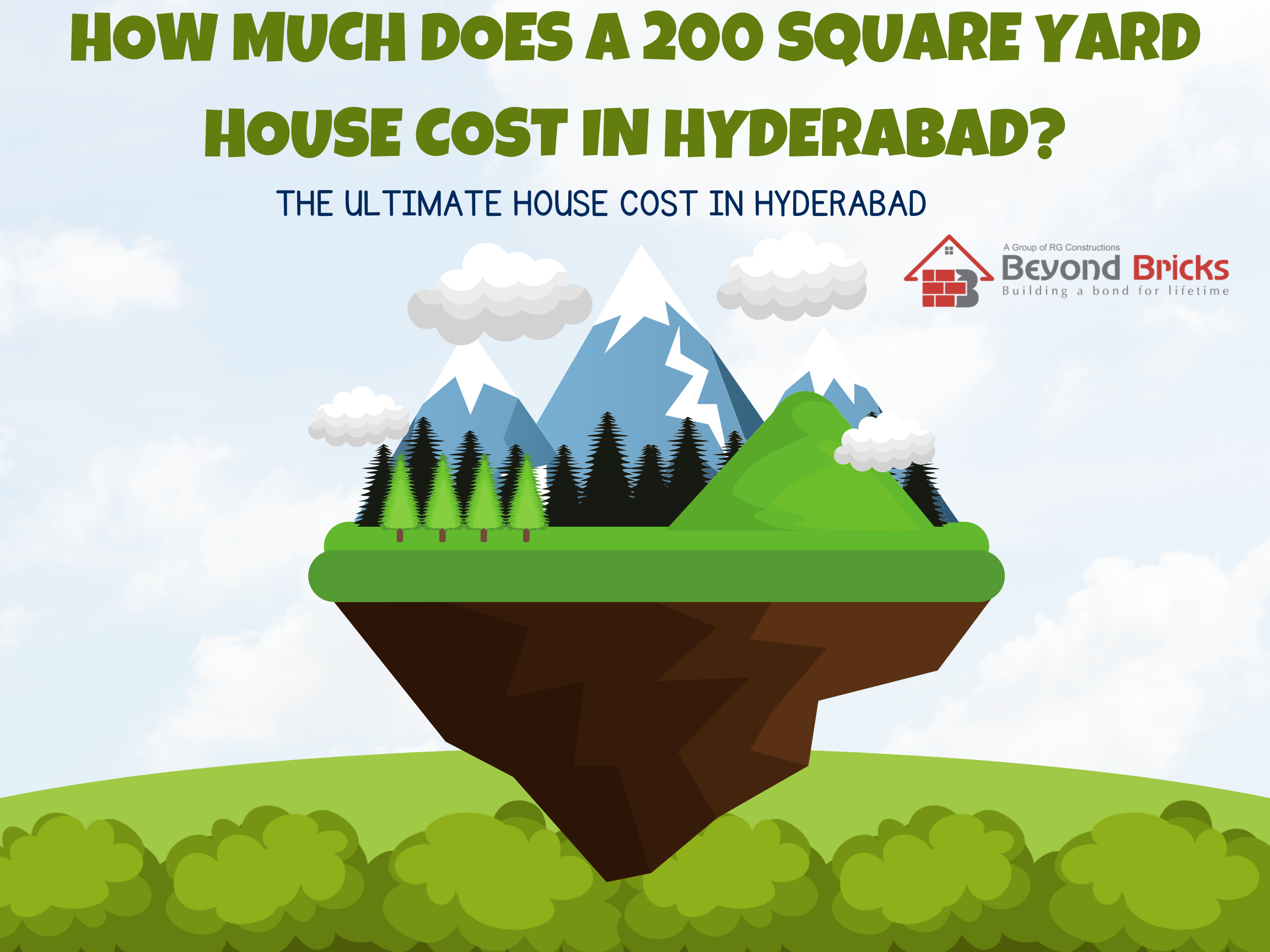Concrete is one of the most commonly used materials in the world. It’s versatile, strong, and relatively inexpensive, which makes it ideal for a wide range of applications. But did you know that there are several different types of concrete?
In this blog post, we will explore the different types of concrete and their uses. From Portland cement to asphalt concrete, read on to learn more about this common material and how it can be used in a variety of ways.
What is concrete?
Concrete is a construction material composed of cement, aggregate, and water. Concrete typically has a grey color, but can also be tinted with color pigments.
It is widely used for construction projects such as foundations, walls, floors, driveways, and sidewalks.
The key ingredient in concrete is cement. Cement is a powder made of calcined limestone and clay. When mixed with water, it forms a paste that binds the other components together to create concrete.
Aggregate is the term used for the gravel or stone that is mixed into the cement to form concrete. The most common type of aggregate is crushed stone. Other types include sand, Gravel, and slag.
Water is added to the mix to chemically react with the cement and begin the hardening process. Too much water will make the concrete weaker; not enough water will make it difficult to work with.
The different types of concrete
There are different types of concrete, each with its unique properties and uses. The most common types of concrete are:
- Regular concrete
- Pervious concrete
- High-performance concrete
- Lightweight concrete
-Regular concrete: This is the most common type of concrete, made with a mix of Portland cement, water, and aggregate. It is versatile and can be used for a variety of applications.
-Pervious concrete: This type of concrete is made with larger pores, which allows water to drain through it. It is often used in applications where stormwater management is a concern.
-High-performance concrete: This type of concrete is made with special admixtures that improve its strength and durability. It is often used in high-load or high-stress applications.
-Lightweight concrete: This type of concrete is made with lightweight aggregates, such as pumice or vermiculite. It is used in applications where weight is a concern, such as roof decks or upper floors in buildings.
How to choose the right type of concrete for your project
When planning a concrete project, it is important to know which type of concrete will best suit your needs. There are many different types of concrete, each with its unique properties and benefits. Here are some things to consider when choosing the right type of concrete for your project:
- The purpose of the concrete. Different types of concrete are better suited for different applications. For example, if you need a durable surface that can withstand heavy traffic, you will need a different type of concrete than if you are just looking to fill a hole in your yard.
- The climate. Concrete can be affected by extreme temperatures, so it is important to choose a type that will stand up to the climate in your area.
- The location. The location of your project will also affect the type of concrete you should use. For example, if you are working on a project near water, you will need to choose a type of concrete that is resistant to water damage.
Read on: 12 BASIC COMPONENTS OF A BUILDING STRUCTURE
Concrete recipes
Concrete is a versatile material that can be used for a variety of construction projects. There are different types of concrete, and each type has its unique properties and uses.
One of the most common types of concrete is Portland cement concrete. This type of concrete is made with Portland cement, water, and aggregate (sand, gravel, or crushed stone). It is often used for sidewalks, driveways, and foundations.
Another type of concrete is pre-cast concrete. This type of concrete is made by casting it into a mold or form. It is often used for walls, columns, and paving stones.
Ready-mix concrete is a type of concrete that is mixed at a central location and then delivered to the job site. This type of concrete is often used for large projects such as bridges and dams.
No matter what type of project you are working on, there is a type of concrete that will suit your needs. Be sure to consult with a professional before beginning your project to ensure that you use the right type of concrete.
How to pour concrete?
Pouring concrete is a simple process, but there are a few things you need to know before you get started. Here are some tips on how to pour concrete:
1. Choose the right concrete mix for your project. There are many different types of concrete, so make sure you choose the right mix for your needs.
2. Prepare your area before you start pouring. Make sure the ground is level and free of debris.
3. Calculate the amount of concrete you will need. This will vary depending on the size and scope of your project.
4. Mix the concrete according to the instructions on the bag or container. Be sure to add enough water so that it is the consistency of thick mud.
5. Pour the concrete into the prepared area and spread it out evenly with a shovel or hoe.
6. Use a trowel to smooth out the surface of the wet concrete.
7. Allow the concrete to dry and cure for at least 24 hours before using or walking on it.
Curing and sealing concrete
Concrete that is left unsealed is subject to damage from water, salt, and freeze-thaw cycles. Applying a sealer to concrete will protect it from these elements and extend its lifespan.
Sealing also enhances the appearance of concrete by deepening the color and creating a shiny surface.
There are two main types of sealers: penetrating and film-forming. Penetrating sealers penetrate the concrete surface, forming a barrier against water and other liquids. Film-forming sealers form a protective layer on the surface of the concrete.
Read On: TOP STRATEGIES TO SELECT THE BEST CONTRACTOR FOR HOUSE CONSTRUCTION IN HYDERABAD
Different types of finishes for concrete
There are a few different types of finishes for concrete:
1. Smooth Finish: A smooth finish is obtained by floating and trowelling the surface while the concrete is still fresh. This gives the surface a fine, closed texture which is ideal for areas that require a non-slip finish as patios or pool surrounds.
2. Broom Finish: A broom finish is achieved by brushing the surface of the concrete with a stiff broom while it’s still wet. This leaves behind a textured finish that provides good traction, making it ideal for driveways and other high-traffic areas.
3. Exposed Aggregate Finish: An exposed aggregate finish is created by washing away the top layer of cement paste to reveal the aggregate beneath. This type of finish is both decorative and slip-resistant, making it a popular choice for both commercial and residential applications.
4. Stamped Concrete Finish: A stamped concrete finish is achieved by imprinting patterns into the surface of the wet concrete before it dries. This can be done with stamps, rollers, or even hand-carved tools to create a one-of-a-kind look for your home or business.
FAQs to Know more
What concrete is used in buildings?
As one of the most versatile and widely used construction materials, concrete can be found in nearly every type of building.
From homes and office towers to bridges and dams, reinforced concrete is an essential part of our built environment.
Reinforced concrete is one of the most versatile construction materials available. It is used for a wide variety of applications, from foundations to bridges to dams.
Almost every step you take walking down the street takes you past reinforced concrete.
It is used in almost any type of civil and industrial work where strength and durability are required. Bridges, buildings, dams, and tunnels all use reinforced concrete to some extent.
Reinforced concrete is made by adding steel reinforcement to poured concrete. The steel reinforcement helps to increase the strength and stiffness of the concrete, making it an ideal material for structures that are subjected to high loads or stress.
Despite its many advantages, reinforced concrete does have some disadvantages. It is susceptible to cracking and can be damaged by weathering or chemicals.
However, with proper care and maintenance, reinforced concrete can last for many years.
What is structural concrete?
Structural concrete is a category of concrete that is used in construction projects where the concrete will be subjected to loads.
The construction technique of reinforced concrete, consists of the combination of concrete with reinforcing materials, such as steel rebar, to create a stronger and more durable final product.
This type of concrete is used in almost any type of civil and industrial work, including bridges, buildings, dams, tunnels, and more.
What concrete is used for the foundation?
There are many different types of concrete, and each has its unique properties and uses.
The type of concrete used for the foundation of a building is typically a high-strength variety, as it needs to be able to support the weight of the structure above it.
Foundation concrete is usually poured in place, meaning that it is mixed on-site and then placed in the excavated foundation area.
Once in place, it is compacted using specialized equipment to ensure that there are no voids or air pockets.
Once compacted, the concrete will begin to harden and cure, becoming stronger over time.
What are the 4 types of concrete?
There are four main types of concrete:
- Plain
- Reinforced concrete
- Prestressed Concrete
- Precast Concrete
Plain concrete is the most basic type of concrete. It is made by mixing cement, water, and aggregate.
Reinforced concrete is made by adding reinforcement to plain concrete. The reinforcement can be in the form of steel rods or wires.
Prestressed concrete is made by adding pre-stressing force to reinforced concrete.
Precast concrete is made by casting concrete into a mold at a factory.
Each type of concrete has its advantages and disadvantages. Plain concrete is the most inexpensive and easiest to work with, but it is not as strong as other types of concrete.
Reinforced and prestressed concrete is stronger than plain concrete, but they are more expensive to make. Precast concrete is the strongest and most expensive type of concrete.
What is the most used type of concrete?
Standard ready-mix concrete is the most common form of concrete.
It is prepared for delivery at a concrete plant instead of mixed on the construction site, which guarantees the quality of the concrete.
Ready-mix concrete is often used in large-scale commercial and industrial projects, as well as in residential applications.
Conclusion
Concrete is one of the most commonly used materials in construction, but there are many different types of concrete.
Each type has its unique properties and uses, so it's important to choose the right type for your project.
We hope this article has helped you learn about the different types of concrete so that you can make an informed decision about which one to use.





